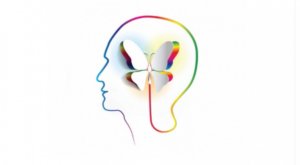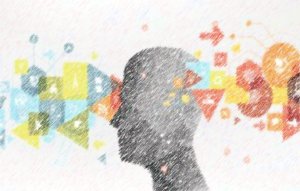The smart city concept, which has started to be built in Toronto, will bring together technology and city design, and will enable the development of new methods for the implementation of environmentally friendly smart cities.
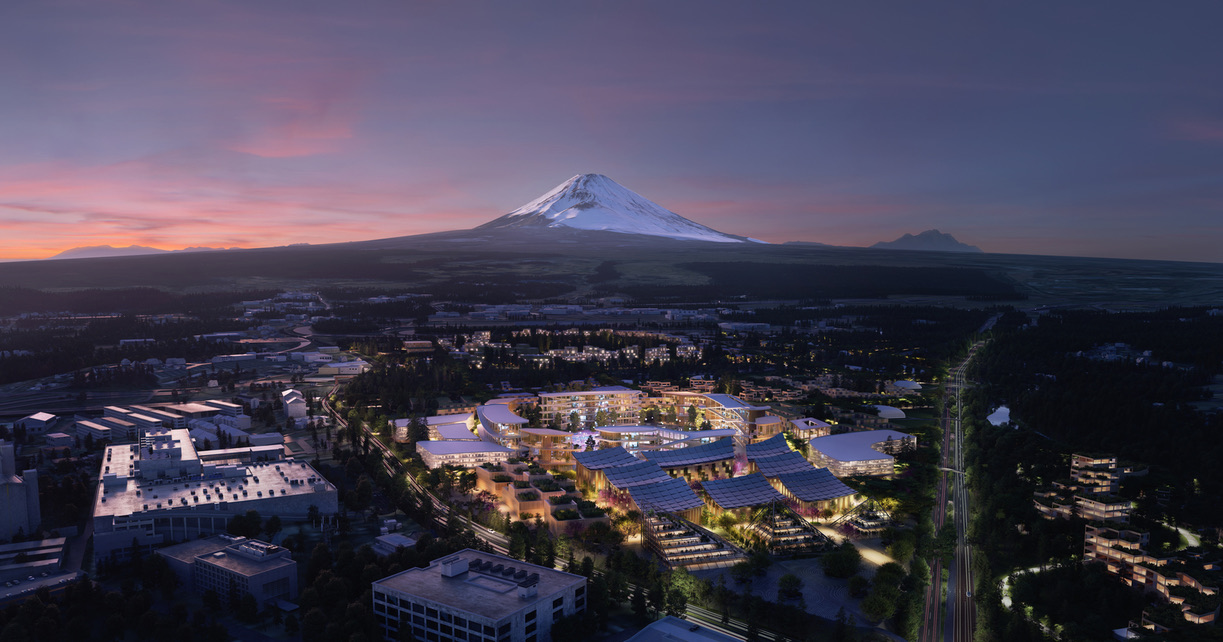
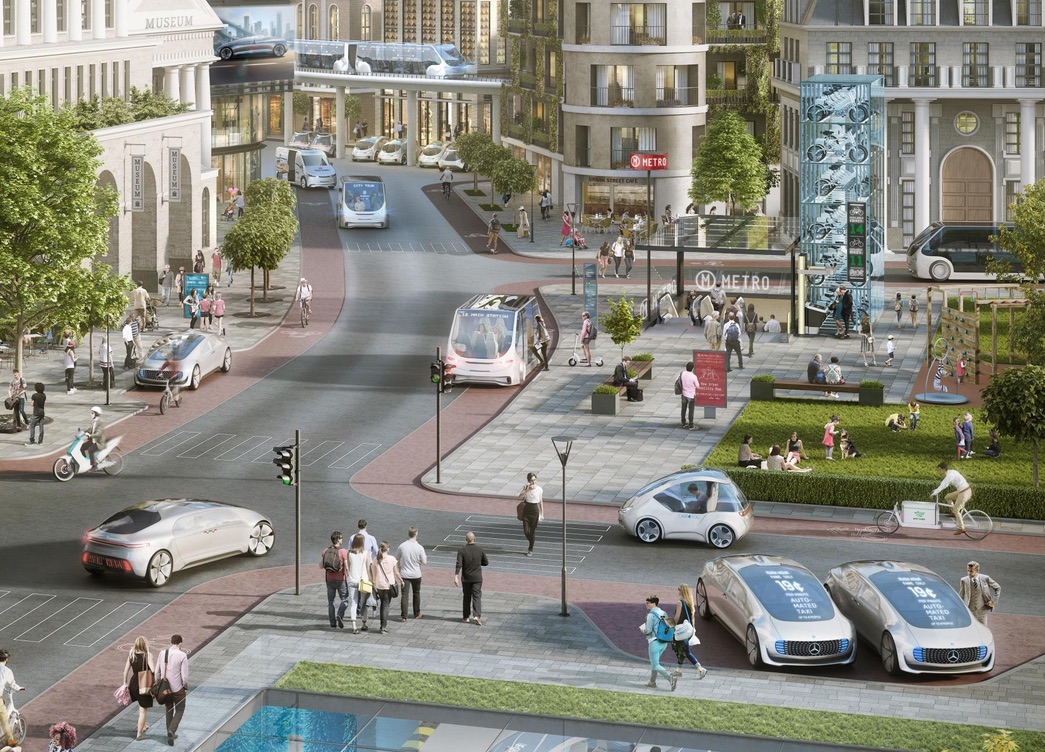
The first pioneers of smart cities are created as experimental concepts. However, some of the ones that are tried to be implemented have encountered various problems in creating a sustainable life. The biggest problem is that the facilities they offer are very expensive.
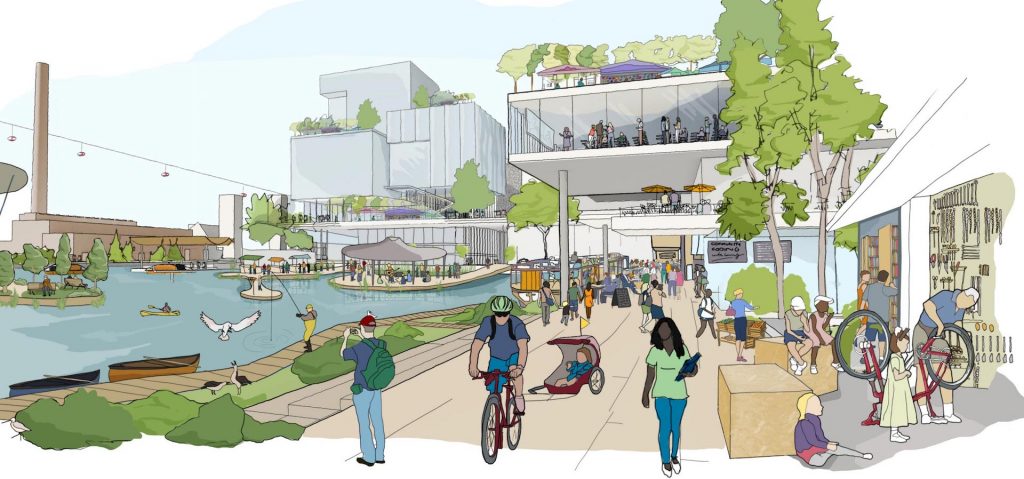
In the futuristic project called Quayside, which was started in Toronto, Canada, a different approach was put forward instead of the practices that were tried to be established in previous initiatives and did not achieve sustainable results. Quayside, which will be established in Toronto’s coastal region with the joint project of SideWalk Labs, which was established by Alphabet, a subsidiary of Google, to design smart cities, and the Canadian government, is designed as a smart, environmentally friendly and inclusive living space. If the sustainability of this new living space to be established in the region, which currently consists of only a few industrial buildings and parking lots, can be ensured, it is planned to be expanded to the entire coastal region. In other words, it can turn into a unique city equipped with high technology in just a few years.
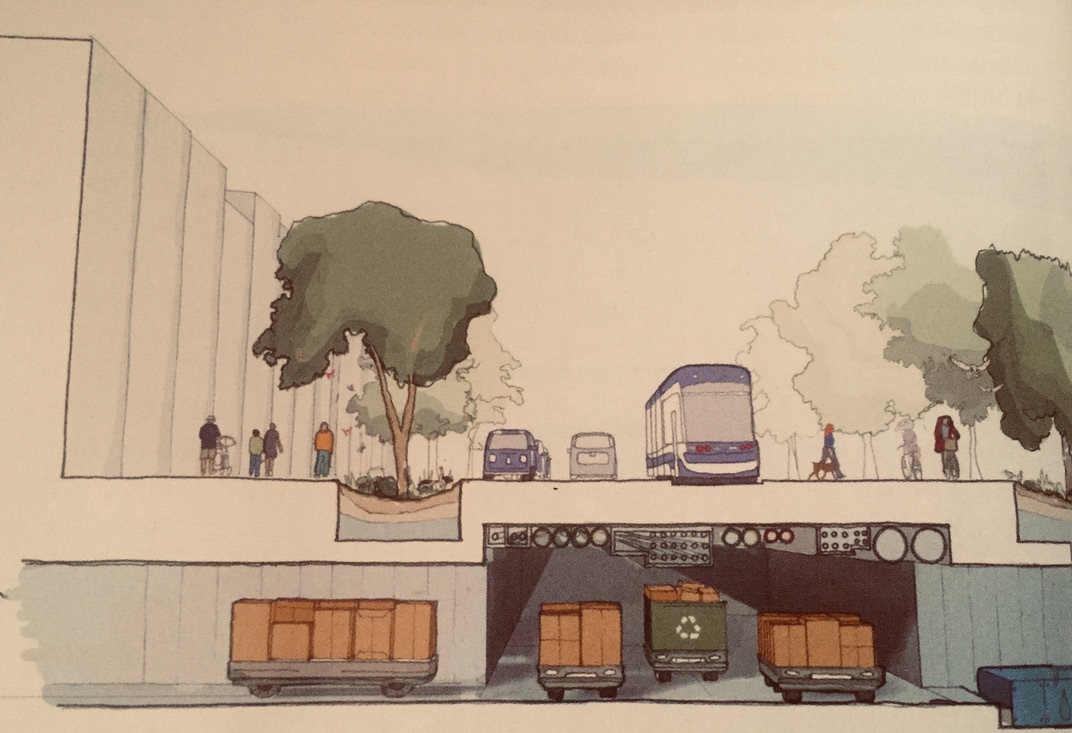
*Robots Underground
Subterranean robots undertake all unskilled services, from garbage collection to mail delivery.
In the project, where the city will be equipped with sensors, the data obtained from these will be used for design, technological infrastructure and shaping the city administration. It is aimed that the information coming from the sensors, which collect data on everything from the quality of the breathed air to the noise levels, from the traffic situation to the energy usage rates, will be interpreted by experts and converted into service without losing any time.
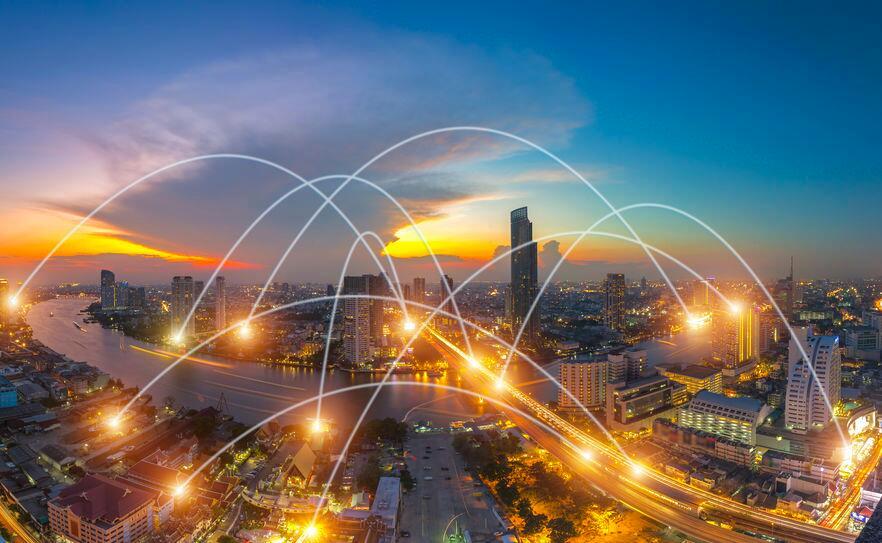
*Digital Infrastructure
The needs of the city; It will be determined by sensors that collect all kinds of data, from the quality of the inhaled air to the noise levels, from the traffic situation to the energy usage rates.






